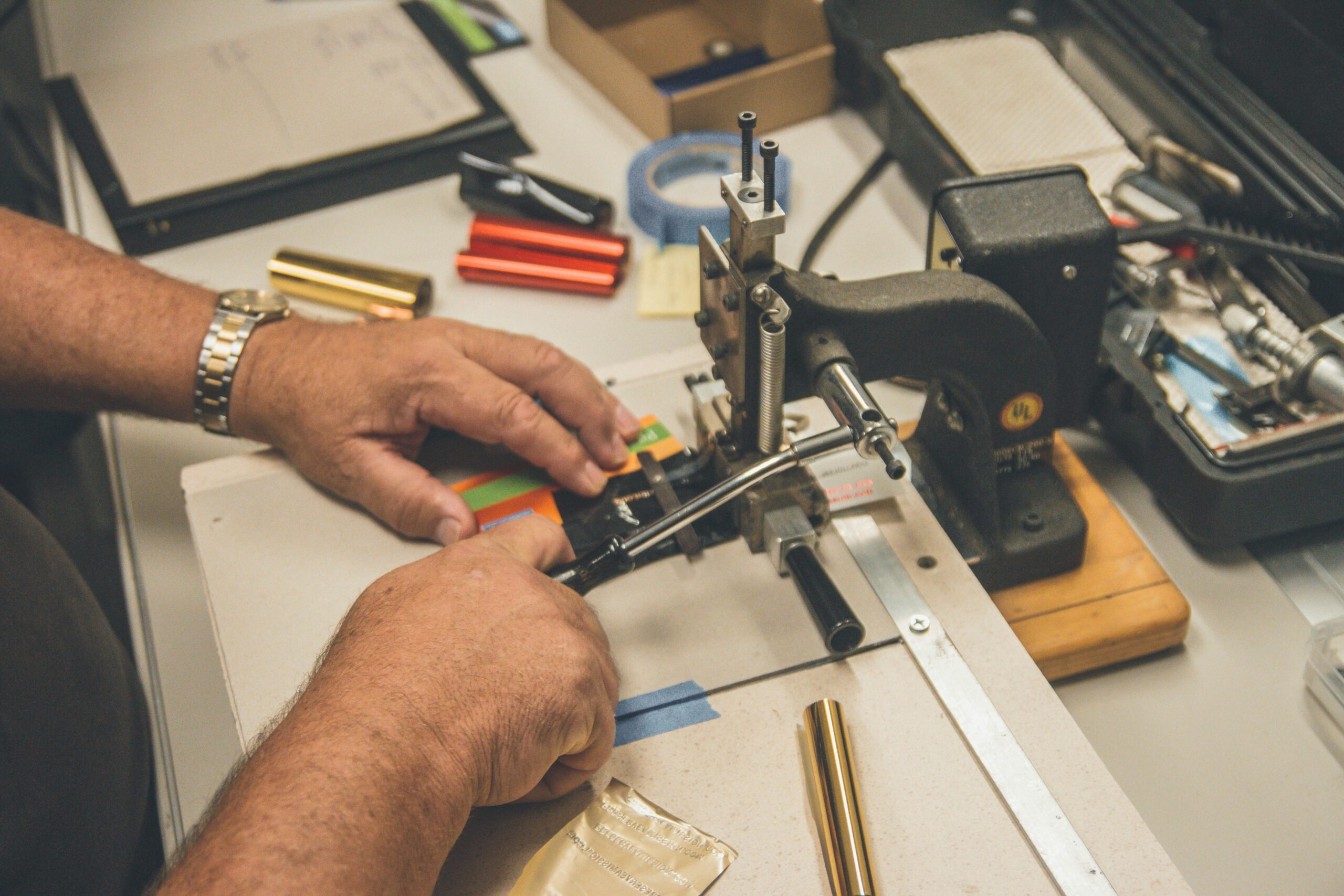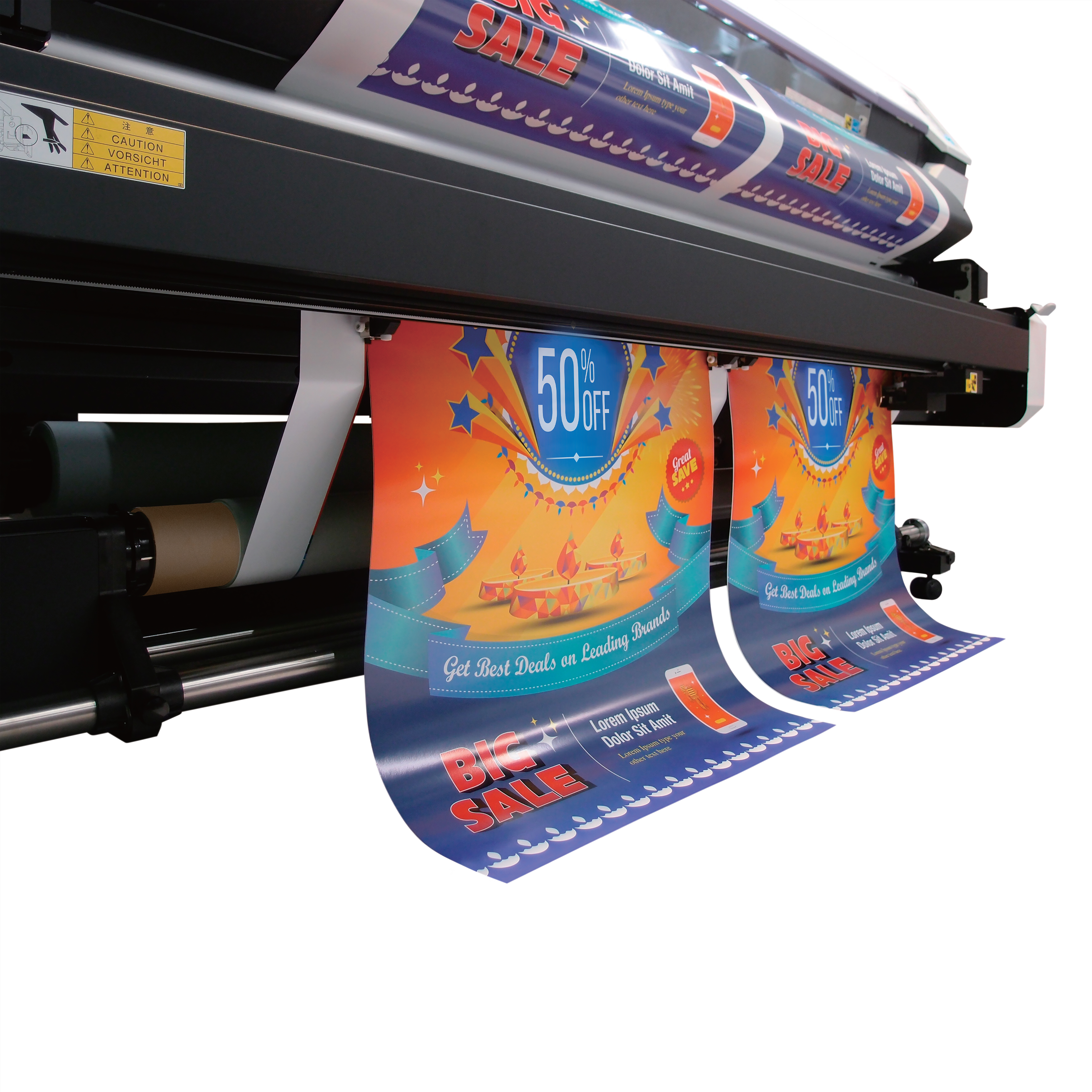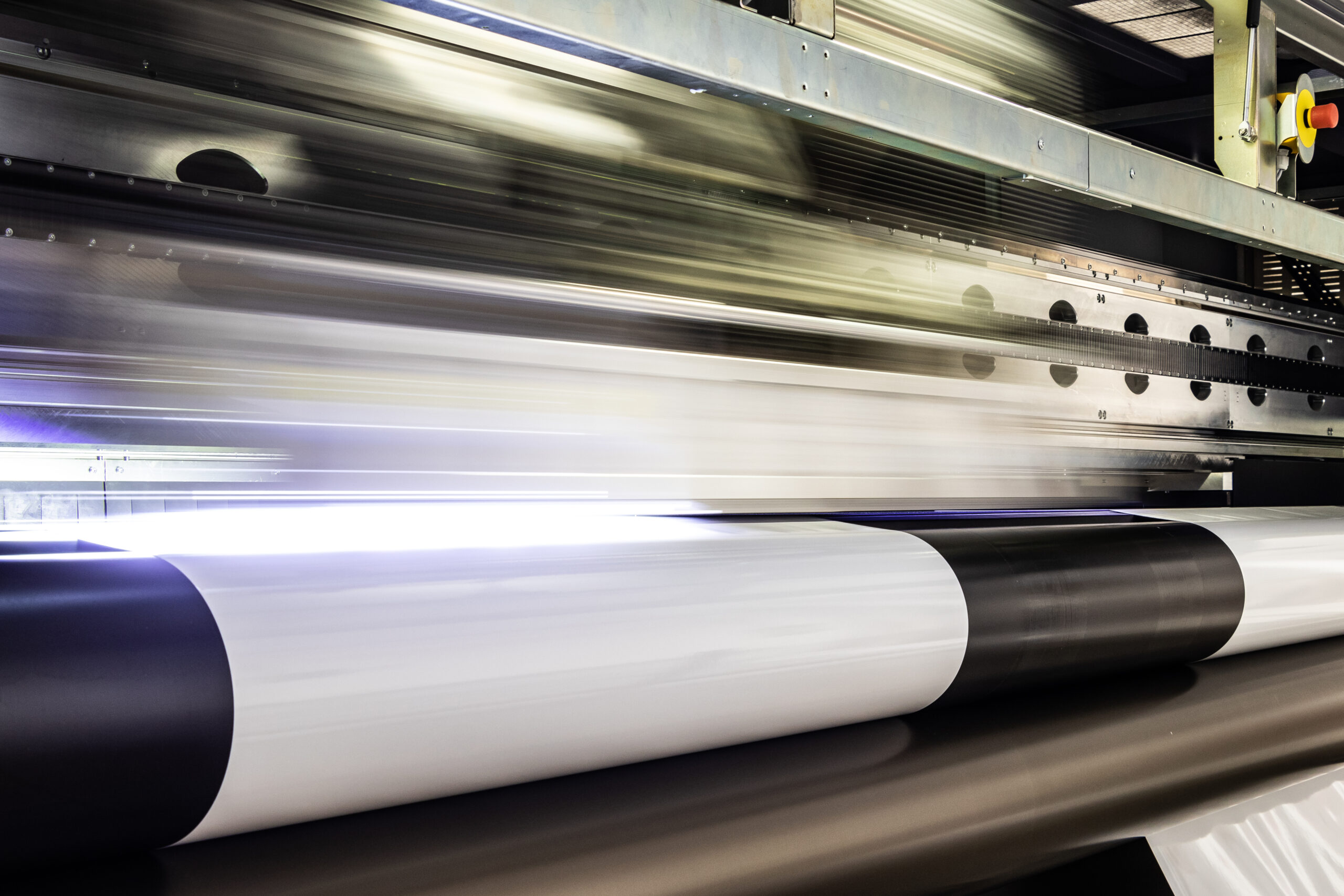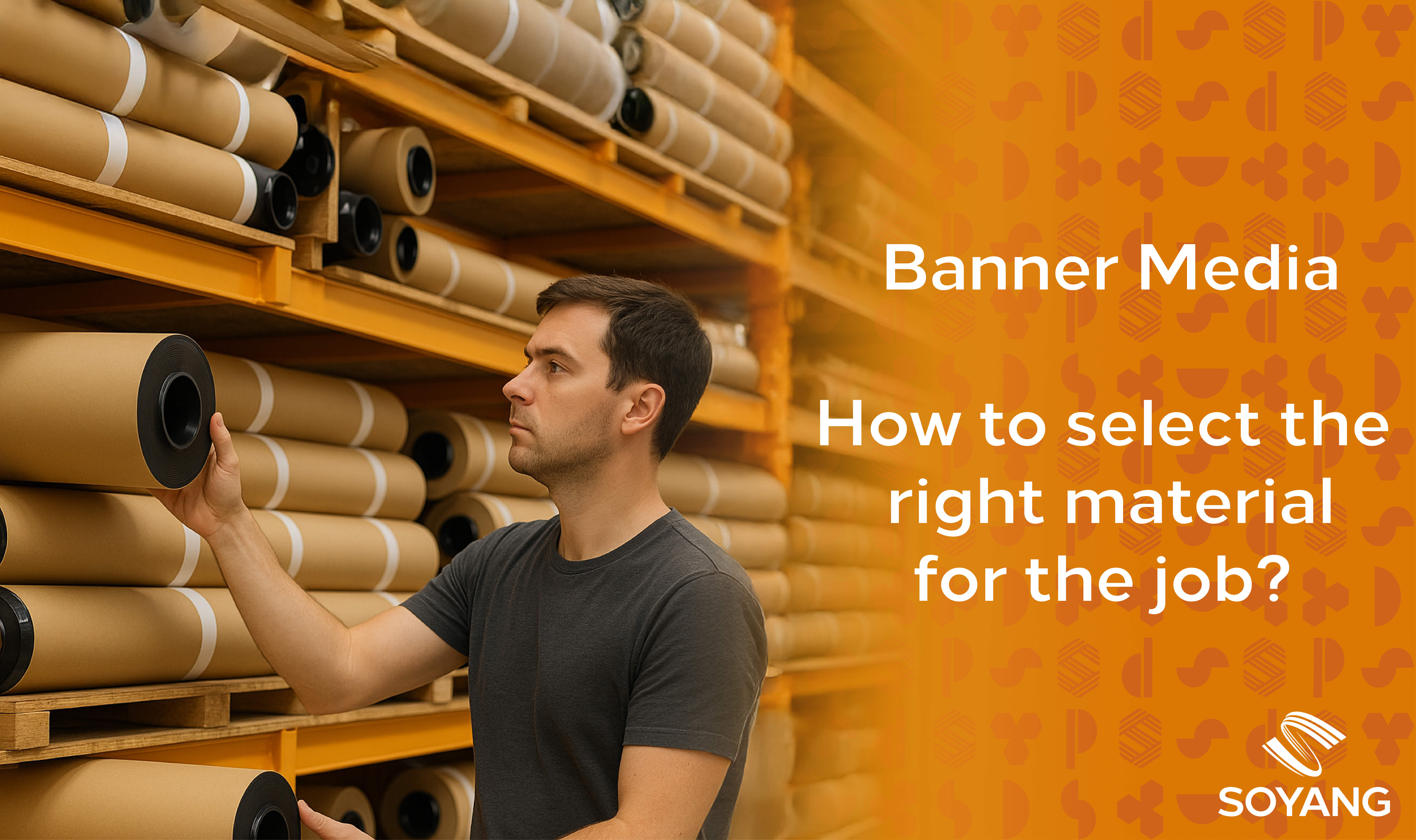Not all printing needs ink. Discover the power of embossing and debossing in this Soyang guide.
You don’t have to spend long in a print room to realise that printing can be a messy business. All those inks have a habit of finding their way on to clothes and aprons — lots of printers wear them almost as badges of honour.
So it can take a little adjustment when embossing print, because it’s an entirely clean, ink-free process. If that makes a refreshing change for a printer, it’s nothing to the difference embossed print can make to an end user.
What is embossing?
Embossing is the process of raising text or an image above the level of the print material, so it sits slightly proud of the material around it. To emboss print, you’ll need two plates (dies), one of which has a 3D render of the image or word you need to emboss, and the other with a recess exactly the same size and shape, so that when brought together the two fit snugly.
When you place your print material between the two plates and apply pressure and (depending on the material) heat, the print material is gently forced into the shape of the plate.
Debossing is the exact opposite of embossing. Here, the image or text is sunk into the print material, almost as though it has been engraved into it.
Impact of embossed print
Embossing printing is a powerful attention-grabber. Done well, it creates an irresistible tactile quality to your product. It looks good. It feels good. It exudes quality, creating the (correct) impression that you’ve invested in the results of your finished print.
Applications of embossing print
There’s a tendency to think of embossing purely as something for card and paper (and it can certainly be highly effective on business cards, greetings cards, wedding stationery, certificates and similar).
It’s worth exploring wider applications of embossing printing too, though, with the ability to create impressive effects on substrates including leather, plastic and metal.
Embossed printing techniques
Blind embossing
A ‘pure’ take on embossing, without any added colour or texture. Blind embossing is the technique we describe above, where the print material is pressed between two plates to create the raised 3D effect.
Foil embossing
Foiling uses heat and a die to apply a thin layer of metallic foil to a design. Foil embossing takes this a stage further, embossing the design and applying foil to the raised area to make it doubly eye-catching.
Combination embossing
As the name suggests, a part embossed, part foil-embossed approach. You’ll have seen this effect most commonly applied on book covers.
Multi-level embossing
Traditional embossed printing raises the embossed image or lettering to a consistent height. Multi-level embossing plays with this convention, using a die cut to varying levels so that the embossing depth varies too.
Image embossing
Also known as photographic embossing, this type of embossing print starts with an image on a computer screen. Each pixel of the image is converted to a highlight or shadow depending on areas of light and dark in the original image. Then, the light is embossed (or the dark debossed) to create the 3D effect.
Debossing
It’s worth noting that all the above effects can be applied to debossing as well as embossing. With foil debossing, for example, the foil will be applied to the sunken image/lettering areas.
Embossing printing: which paper?
We’ve already noted that embossing and debossing is appropriate for lots of substrates, not just paper. But paper is perhaps the most frequently embossed material while also being the substrate most likely to tear during the process.
When embossing paper, therefore, it’s important to consider the following:
Paper weight: Lightweight papers are far more likely to puncture or rip during the embossing process. They’re also likely to deliver less impressive results. Heavier papers are much better suited to embossed printing, both in terms of their ability to withstand the process and the effect they create.
Paper colour: You can emboss or deboss any colour of paper but when blind debossing, lighter tones tend to show the contrast best. If you’re using foil or other embossing techniques, colour choice is less critical.
Paper weave and finish: Remember that embossing applies pressure and (often) heat to the substrate surface, so in addition to weight, you’ll need a paper naturally suited to the embossing process. Coated papers may crack under pressure, while recycled papers tend to be manufactured from shorter fibres. Instead, aim for natural, uncoated papers which use long fibres.
As an added bonus, you may find that, once embossed, the fibres are pressed flat, providing a further contrast between the embossed print areas and the rest of the material.
Talk to Soyang
With your embossing technique chosen, you’ll want to pair it with the print materials to show it at its best. Find them with Soyang.










